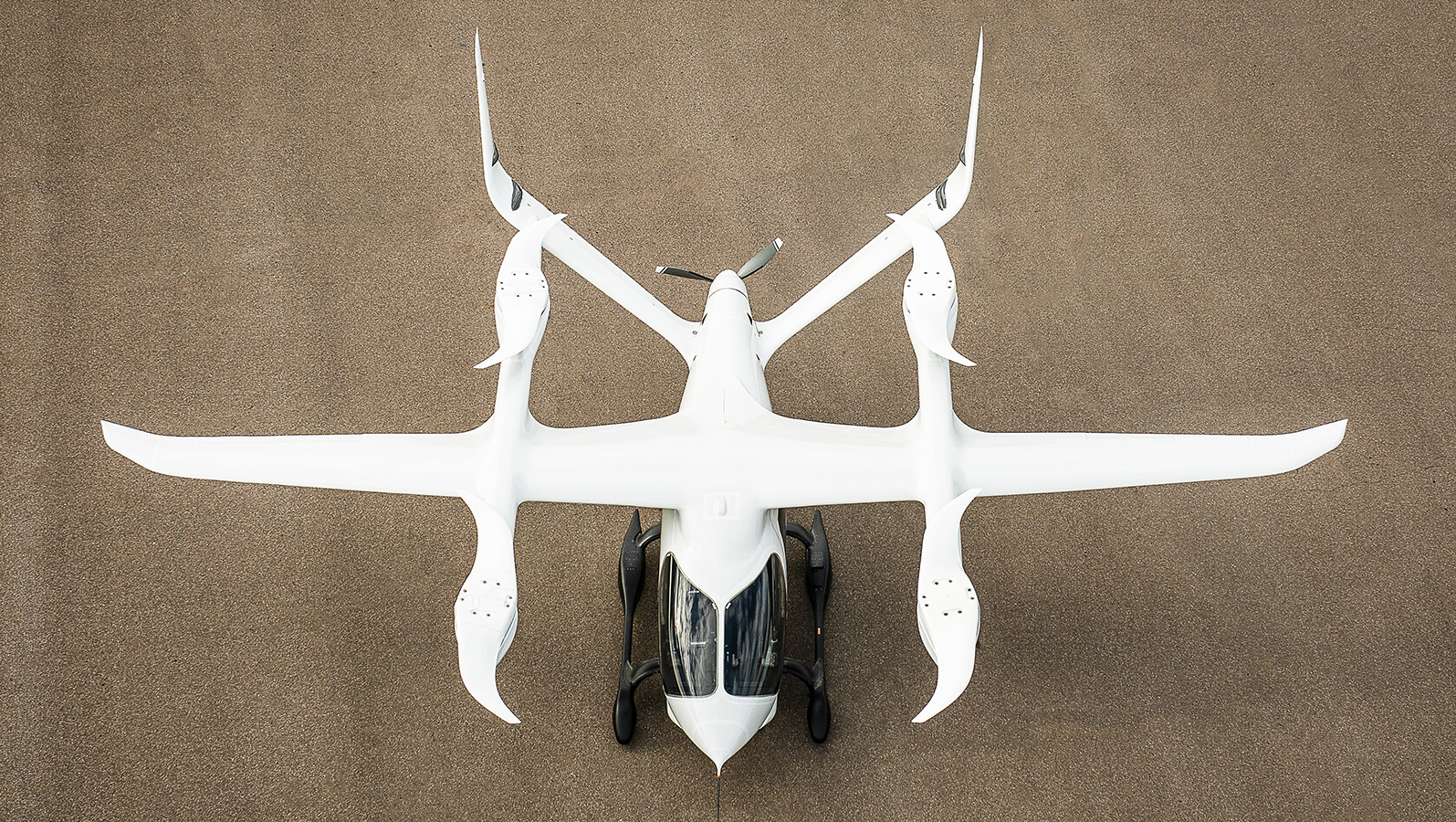Stay Up to Date
Submit your email address to receive the latest industry and Aerospace America news.
The V/STOL Aircraft Systems Technical Committee is working to advance research on vertical or short takeoff and landing aircraft.
To date, more than 670 new electric vertical takeoff and landing designs have been proposed by inventors, entrepreneurs, startup companies and well-funded companies, bringing this mode of flying closer to reality, but also making it a potential dominant form of airborne transportation in the future. The eVTOL market around the world could generate $4.2 billion in revenue by 2033, according to market intelligence provider Research Dive.
In July, at the 2022 EAA AirVenture Oshkosh convention, California-based Opener flew its BlackFly V3, an electrically powered personal eVTOL vehicle, captivating the audience with its flight display and generating lots of media attention.
To highlight the maturity of its eVTOL design, Beta Technologies of Vermont in May flew its prototype Alia-250 aircraft from Plattsburgh, New York, to a municipal airport in Arkansas. A roundtrip of about 3,862 kilometers, it was one of the longest flights for an electrically powered aircraft in the U.S. The aircraft made several stops along the way to charge its batteries, and takeoff and landings were done in a conventional manner, but it was nevertheless an important milestone.
NASA’s Langley Research Center in Virginia continued tests with its subscale tiltwing test aircraft to investigate the interaction of electrical powerplants with the airframe. Langley engineers have completed at least four sessions of wind tunnel testing in the past two years with the 29.5-kilogram LA-8 aircraft. In May, researchers transitioned the test aircraft to wingborne flight. The LA-8 was designed with test flexibility in mind, since the aircraft structure is modular to allow different configurations to be flown. The tests are being conducted under NASA’s Advanced Urban Air Mobility Testbed program. In addition, NASA made available to the eVTOL community a series of reports on seven baseline configurations that will enable designers to quickly drive their aircraft configurations. The data are publicly available from the NASA UAM Reference Vehicles webpage on the Systems Analysis and Concepts Directorate’s website.
As of June, Lockheed Martin had delivered 300 F-35 Lightning II aircraft — in all three variants — to the U.S. and its allies. The powered-lift F-35B has deployed to at least three aircraft carriers belonging to Italy, the U.K. and the U.S.. Germany announced in March that it would buy 35 of the conventional takeoff versions of the F-35, further strengthening the fighter reach among European military procurement planners.
February marked the end of the first full deployment of the CMV-22B Osprey tiltrotor. U.S. Navy Fleet Logistics Multi-Mission Squadron (VRM) 30 carried out three CMV-22B deployments aboard the USS Carl Vinson from August 2021 to February. The Navy is benefiting from the vertical flight capabilities and flexibility of the aircraft, which can perform air refueling, night landings and medical evacuations without the risk to aircrew and medical evacuees or passengers that such carrier operations entail.
The U.S. Army Future Vertical Lift program was to enter a critical phase by the end of the year, when the service was to announce the winner between the two competing airframers. The Bell V-280 Valor tiltrotor team continued to mature its proposed design, and Sikorsky continued to fly its SB>1 Defiant demonstrator.
Stay Up to Date
Submit your email address to receive the latest industry and Aerospace America news.




